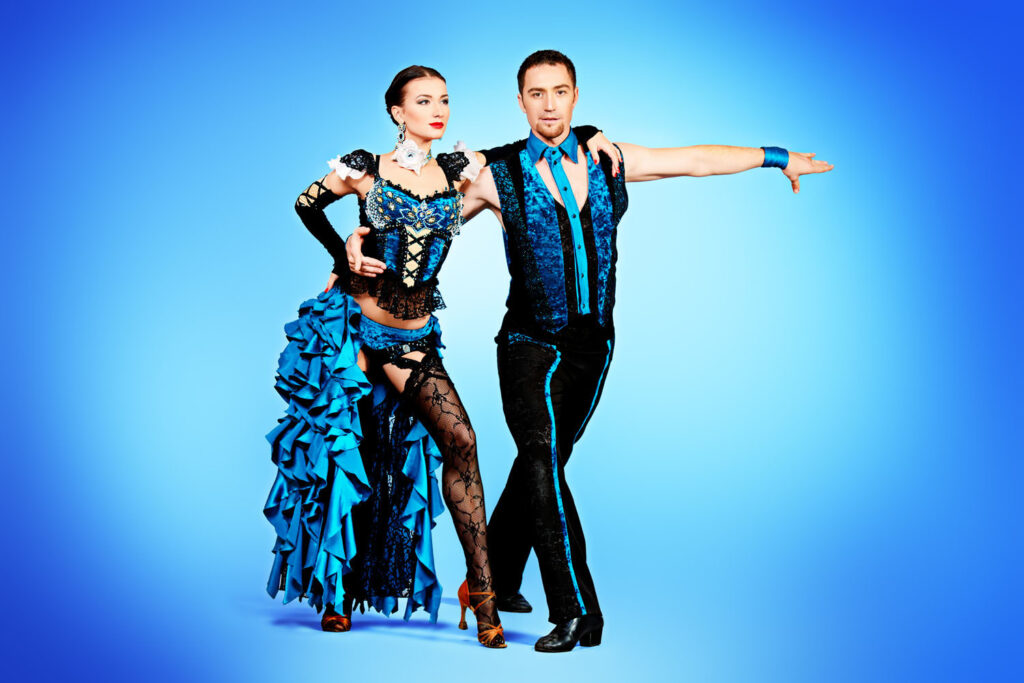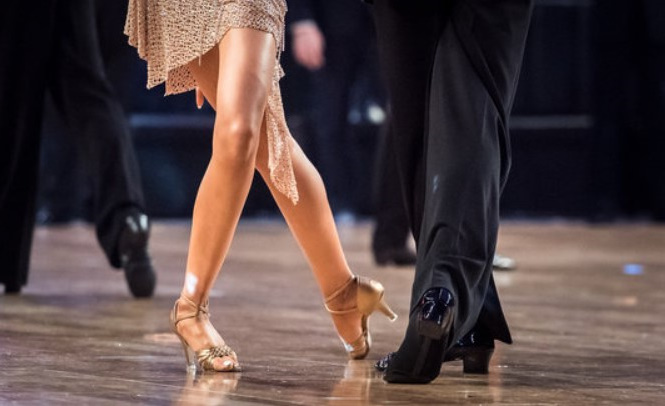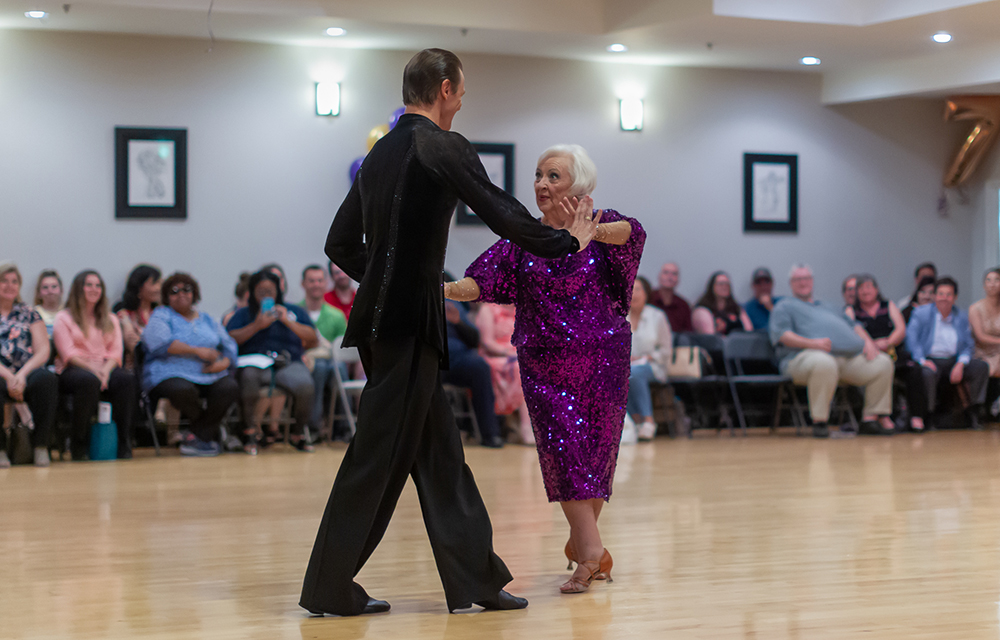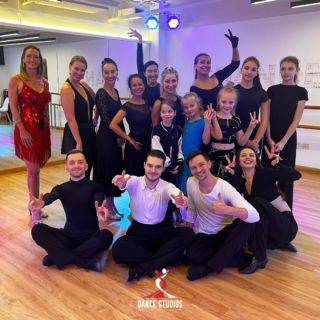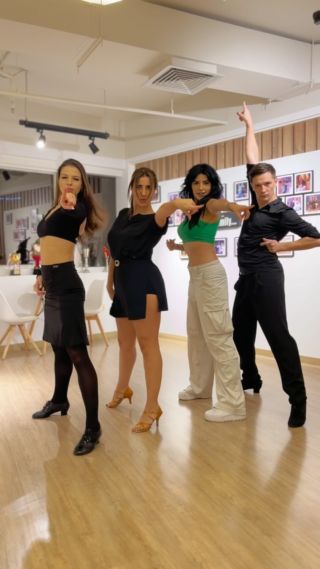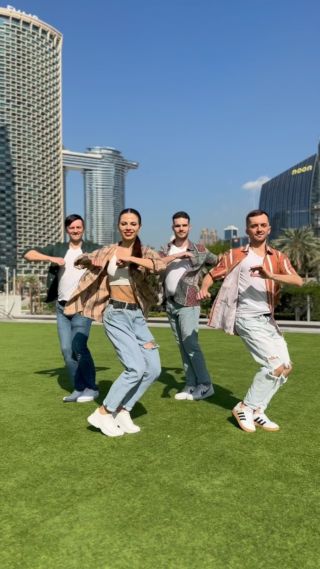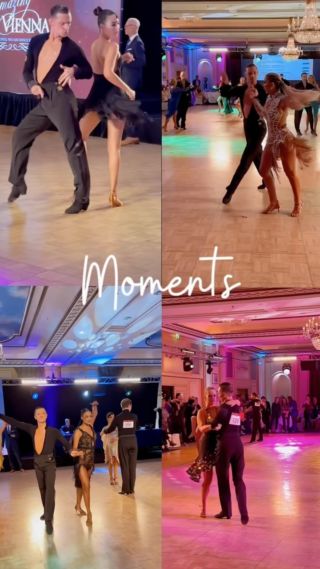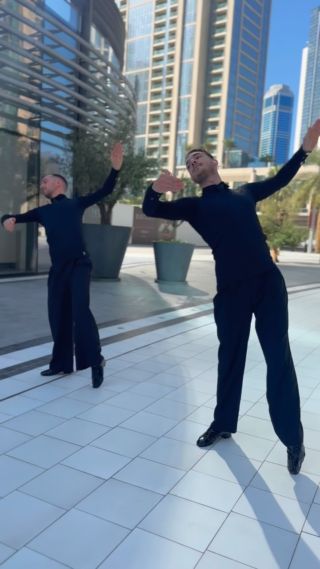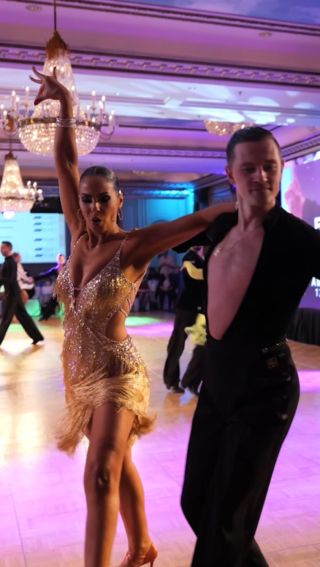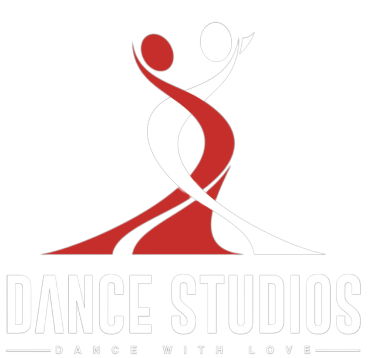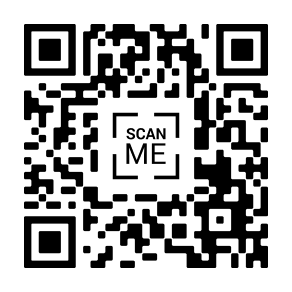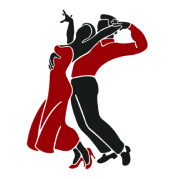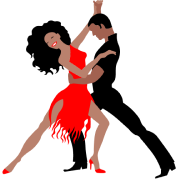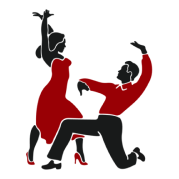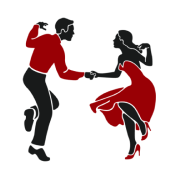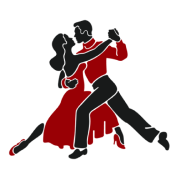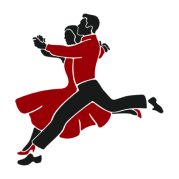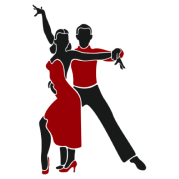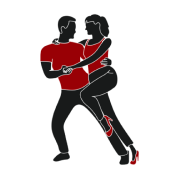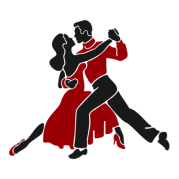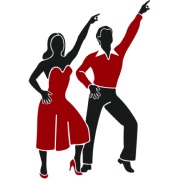If you have taken at least one introductory ballroom dance lesson, we are certain that by now you know that in any type of ballroom dancing, there are two parts: a leader and a follower. Unlike other professions or art forms, in ballroom dancing, the leader and follower are just dancing roles, and in no way do they mean hierarchy or a better dancer. Both the leader and the follower are considered equal dancers in all forms of ballroom dancing.
To perform well in ballroom dance on stage or while competing, some of the top and best dance studios in Dubai, like Dance Studios Dubai, suggest that you master the art of leading and following. So to help you master this amazing dance technique, Dance Studios Dubai will take you through a detailed guide to mastering the art of leading and following in ballroom dancing. So read this blog till the end and share it with your friends who are fond of dancing as well.
You may also enjoy reading our blog titled “Different Styles of Salsa Dance.”
Maintain a Positive Attitude
The first thing that is taught in professional dance classes in Dubai when it comes to leading and following is presumably the attitude of each dancer. With attitude, we mean neither the leader has to behave like a boss nor the follower has to behave like a submissive; both must maintain a positive and friendly attitude to dance and perform well.
Instead of forcing his or her followers to make moves, a strong leader will confidently demonstrate their moves, which will assist them in understanding their aims. Instead of assuming they will be asked to do something, a great follower will listen to what his or her leader says and act appropriately. Then, a truly excellent leader will adjust to how the follower has responded to their example; after all, this is a dialogue, a way of expression, not a fight!
Form a Connection
The next thing that you are taught when you take professional dance lessons in Dubai is to have a strong connection with your dance partner. When your attitude and mindset are correct and on point, forming a connection becomes easy. Points of connection are the areas where you interact with your partner and guide or follow them; as this is a partnership, the connection should be courteous, adaptable, responsive, and reciprocal. With connection, we don’t mean that romance should bloom between you and your dance partner, but a friendship, understanding, and a bond where, by just looking into your dance partner’s eyes, you can guess the next move they will make. Such a connection not only improves your performance but can be the “X” factor that helps you win in a competition.
Also, go through Self-Practice Strategies for Advancing Tango.
Hold Each other Correctly
Dance hold, or frame, is comparatively set in traditional ballroom dancing, where we use a body lead with the arms and hands as an extension of that body. Whereas in Latin American ballroom dancing, where holds are frequently switched, we also utilize a body lead, in which we convey messages with our hands and arms. You will learn the difference between traditional and Latin American ballroom dancing when you take professional ballroom dance lessons in Dubai. We also use a hand/arm lead in situations where the arm moves against or independently of the body. The crucial aspect is that leaders and followers should have the same sense of tone in their bodies, hands, and arms; neither should feel stiff like a board of wood nor squishy like wet spaghetti. Your hold should be as dynamic as the swift moves both of you do while performing.
Work On Signals
Whether you are learning waltz dance in Dubai or Salsa, one thing common between all ballroom dances is that these dances are social, and when the social factor comes, you need to have multiple communication channels. Signals are one of the most important communication tools ballroom dancers have used for ages, and they can be very helpful in helping you master the art of leading and following on the dance floor.
Ballroom dance classes in Dubai teach their students about signals. After focusing on connection and attitude, leaders and followers need to work on signals, or what is being asked for, and when to give them. Though it might not always seem like it, a leader can only actually indicate a certain amount of things at once on a social floor:
- Moving in any direction—forward,
- backward,
- sideways,
- outdoors,
- or shutting your feet,
- Ascent and decline,
- Choosing to turn or not to turn,
- Distance: a small step or a long step, although the stride is controlled by the person moving forward,
- Balance (distribution of weight over the feet).
When you join one of the best dance classes in Dubai, like Dance Studios Dubai, you will understand well that leaders must understand what they are asking from their followers and how their body language, arm and foot placement, and foot placement affect the actions of their entire performance.
Related Read: Tips for Understanding Non-Verbal
Concluding Lines
Effective leading and following is a dynamic, participatory process that depends on the abilities of both participants to be successful. When it’s going well, it makes both dancers happier; when it’s not, it seems like you are fighting your way across the floor! Let’s just say that it requires a lot of practice. To start, one of the greatest methods to accomplish that is to give followers the option of trying to follow what is led or doing nothing at all, rather than what they believe should be done. This way, the leader can discover which signals cause certain reactions. Dancing with other partners, from novices to expert dancers, is also quite beneficial, as it can help break negative habits and increase your appreciation for your regular partner.
To master the art of leading and following, you and your partner can join Dance Studios Dubai. Our trainers are professionally trained and have extensive experience in ballroom dancing teaching and performance.

